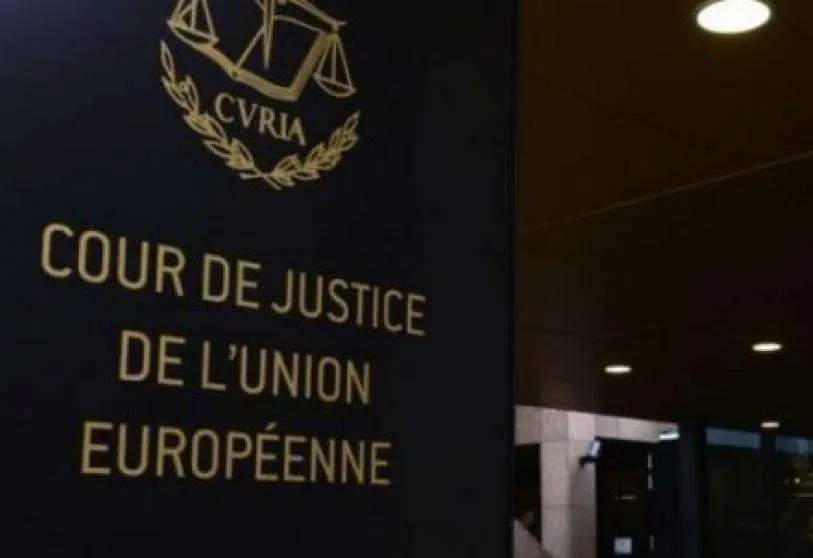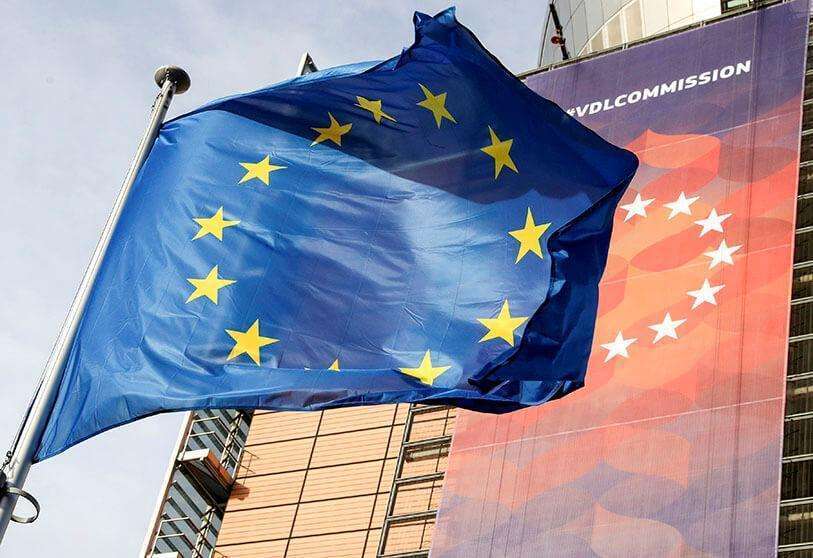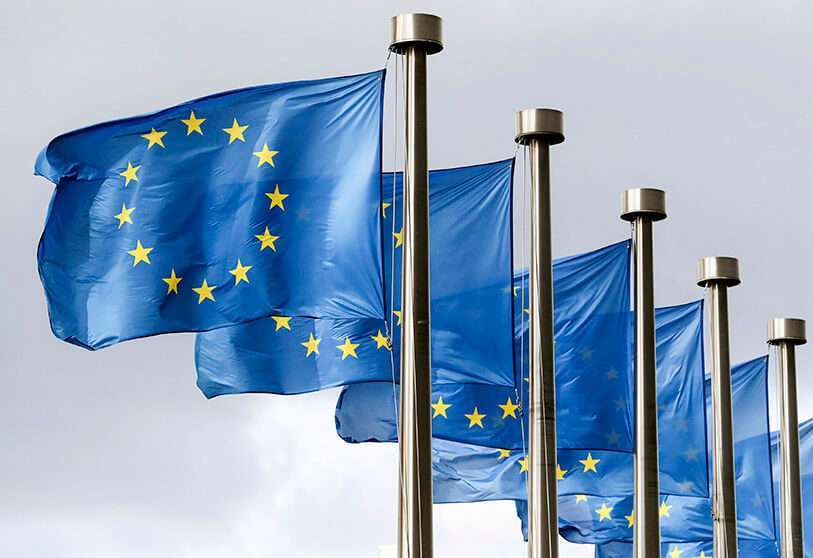Two courts for one Europe: the protection of human rights in the European Union

The rights and freedoms of citizens of the European Union - Citizens of the Member States of the European Union enjoy certain political rights, which enable them to participate in the life of the Union, such as the right of free movement and residence or the right to vote and to stand as a candidate (in elections to the European Parliament or in municipal elections in the country of residence). They are also entitled to the civil rights and fundamental freedoms guaranteed by the constitutions of the Member States and by the European Convention for the Protection of Human Rights and Fundamental Freedoms (Rome, 4 November 1950). Since 2009, these rights have been enshrined in the Charter of Fundamental Rights of the European Union. However, this was not always the case.
Origins - Initially the European Communities had essentially economic objectives, leaving the legal, social or cultural aspects, including human rights, to another pre-existing European organisation, the Council of Europe, created on 5 May 1949 and which, with some exceptions, brought together the same Member States. When the ECSC Treaty was signed in Paris in 1951 and the ECSC Court of Justice was established in 1952, the members of the Council of Europe had already adopted in 1950 the Convention, which provided for the establishment of a European Commission and a European Court of Human Rights. This Court was created in January 1959 and since then the two courts have followed parallel paths, which has not prevented frequent meetings at the institutional level and cross-references at the jurisprudential level, with each court respecting the independence and autonomy of the other.
The Court of Justice of the European Union realised very early on that economic cooperation could in certain circumstances affect citizens' rights and adopted a doctrine aimed at the protection of human rights in the framework of economic and social relations, with reference to the 1950 Convention and the constitutions of the Member States, as general principles of Community law. This doctrine was consolidated in judgments such as Nold II of 1974 and Defrenne v. Sabena of 1978.

However, since 2009, when the Charter of Fundamental Rights acquired legal force, the Luxembourg Court refers in preference to the provisions of this text, turning to those of the Convention and to the case-law of the Strasbourg Court on rare occasions, by virtue of the principle of the primacy of Union law. The possibility of a conflict of jurisdiction between the two courts was open.
This possibility was weakened by subsequent decisions of both courts limiting their own jurisdiction to accommodate certain exceptions for the benefit of the other. In the case of Stefano Melloni v. Public Prosecutor of February 2014, the Court of Justice, while reaffirming the primacy of EU law over national law, including the constitution, recognised the possibility for national authorities and courts to apply national rules for the protection of human rights, while preserving the level of protection guaranteed by the Charter and the primacy, unity and effectiveness of EU law.
The Court also held in the Aranyosi and Caldararu case of April 2016 that in exceptional circumstances a Member State may disregard the principle of mutual trust, where there is objective, credible, specific and recent information indicating systemic or generalised deficiencies, or affecting certain groups of persons or certain places of detention. In a nod to the Strasbourg Court in particular, the Court of Justice indicates that such information can be obtained, inter alia, from the judgments of the Strasbourg Court or the texts of Council of Europe bodies.

On the other hand, the European Court of Human Rights has repeatedly stated that it has no jurisdiction to review acts and texts of the institutions of the European Communities and now of the European Union, including judgments of the Court of Justice, as these are not acts of organs of a State party to the Convention. It does, however, have jurisdiction to supervise acts of national authorities implementing Community decisions or regulations.
In the case of Bosphorus Airlines v. Ireland of 30 June 2005, this Court concluded that a State Party may not be in breach of the Convention when implementing its international obligations, if the international organisation from which they emanate ensures adequate protection of human rights, as is the case with the European Union. This presumption could only cease to apply in exceptional circumstances.
However, in the Avotins v. Latvia judgment of 23 May 2016, concerning the enforcement of a foreign judgment under the Brussels I Regulation, applying the principle of mutual trust, the European Court observes that the limitation to exceptional cases of the power of the requested State to verify the observance of fundamental rights by the State of origin could contravene the treaty obligation according to which the courts of the former must be able to carry out an examination enabling them to ensure that the protection of these rights in the former State is not manifestly deficient.

Accession of the European Union to the European Convention - Cooperation between the two jurisdictions cannot be complete until, as provided for in Article 6 par. 2 of the Lisbon Treaty, the European Union accedes to the European Convention.
The first initiatives in this direction date back to the 1980s, but failed in the face of the reluctance of the Court of Justice, which in its 1996 opinion considered that there was no legal basis in the treaties for such accession. This point was included in the 2000 Laeken Declaration on the future of the European Union, and the Draft Treaty establishing a Constitution for Europe provided for the possibility of such accession. Following the rejection of this draft by the French and Dutch in referendums, this provision was retained and reinforced in Article 6 par.2 of the Treaty on European Union.
Negotiations between the Council of Europe and the European Union started immediately and on 5 April 2013 a Draft Accession Agreement was adopted, which was submitted to both jurisdictions for opinion. The European Court was in favour of the draft. On the other hand, the Court of Justice in its Opinion 2/13 of 18 December 2014 considered that this draft was incompatible with EU law, as it did not take into account, among other things, the autonomy of EU law or the position of the Court of Justice.

And then what? - This opinion caused surprise among the Member States and the organs of both organisations, as it closed the door for the time being to accession. A transitional solution had to be found, pending an opportune moment.
In the meantime, the institutional cooperation between the two courts had to be strengthened, which, with ups and downs, had been maintained since their creation, with countless bilateral meetings in which they discussed issues of interest to both, such as working methods, procedure or jurisprudence.
After a period of coolness, these bilateral meetings have been resumed and it is hoped that they will create an atmosphere conducive to accession.
Montserrat Enrich, former Head of the Research Department of the Registry of the European Court of Human Rights

